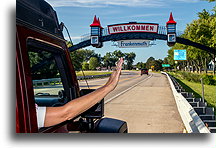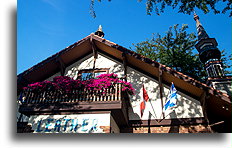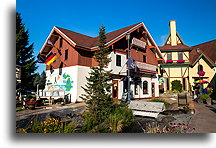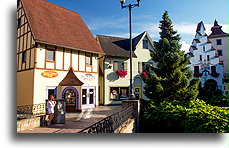On the way to Michigan
July 31
We spent the night at Twin Acres Campground in Whitehouse, Ohio. It was a typical motorhome park with hundreds of huge American RV Trailers, most of which parked for the entire season. Our Jeep looked like an ant in the company of such monsters, and that caused a little sensation in Twin Acres. Several people approached us with curiosity. "I know jeeps," someone said, "but what is that on the roof of your car?" Also, "you have such an unusual vehicle," we heard from a few seniors in the neighborhood.
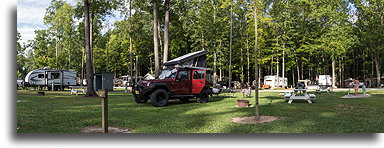
Fort Meigs contains seven blockhouses, five artillery batteries, and surrounded is by timber stockade. Its construction started during the War of 1812. It was to provide supplies support for US military operations in Canada. In 1813 fort was a site of two failed British siege attempts. British forces backed by the Tecumseh's Confederacy failed to capture Fort Meigs and retreated north.
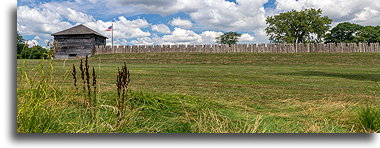
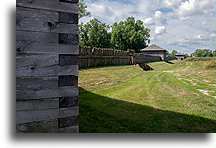
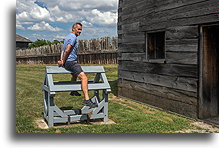
In the early 1800’s, Tecumseh, a leader from the Shawnee Indians, attempted to unite the Indian nations west of the Appalachian Mountains. The Native American Confederation was to oppose the Euro-American expansion into Indian lands. Peaceful attempts to reach an agreement with the US have been unsuccessful. When the War of 1812 began, the confederation allied with the British and jointly attacked Fort Meigs. Tecumseh's death in 1813 marked the end of the united Indian resistance against the United States.
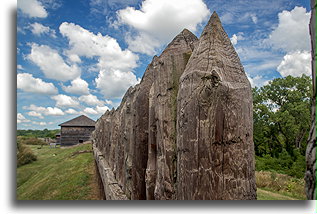
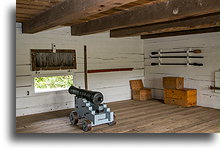
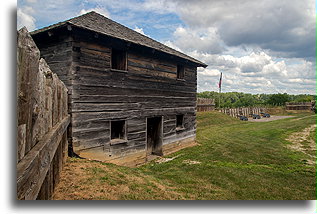
It was the large frescoes of Diego Riviera that started the muralism, movement in Mexican and international art. When one of our expeditions took us to Mexico City, we saw his stairway murals in the National Palace, known as History of Mexico. Now, while in Detroit, we had the opportunity to see his next major work, a 27-panel mural, a series about industry in Detroit.
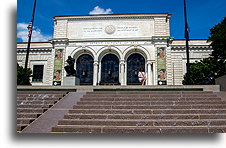
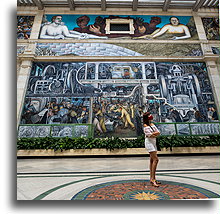
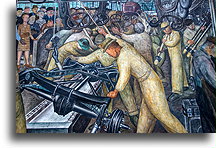
In 1932, during the Great Depression, Riviera was hired by the Detroit Institute of Art for a project to paint fresco murals about the industry in Detroit. The largest panels show the workers in the Ford factory at all stages of the automobile production. For Riviera, this was a pretext to explore the relationship between man and machine. The painter also focused on technology as an essential element of the future of our civilization.
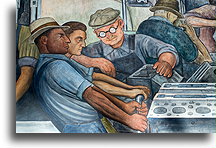
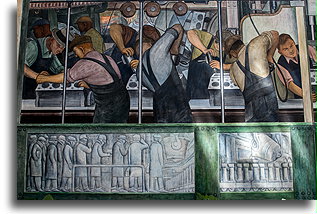
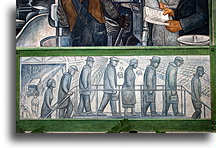
Riviera's work was controversial from the very beginning. Some viewed the murals as Marxist propaganda; others saw them as vulgar and un-American. The Catholic and Episcopal clergy condemned the murals as blasphemous and asked for their removal. It was probably because the painter expressed the image of the holy family in an extremely modern way. One of the panels presents Joseph as a doctor with a nurse who is to be Mary. Together, they administer a vaccination to the Christ-like child.
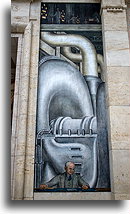
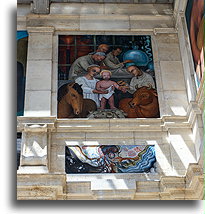
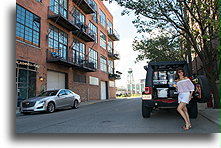
Michigan’s “Little Bavaria” was the place that we were curious to visit. We expected to see the German heritage, Bavarian architecture, and taste traditional German food. This is why we went to Frankenmuth. We thought it would be small European town in the North American continent, but our expectations were probably too high. It turned out that Frankenmuth in Michigan is just another American town that tries to attract visitors by its Bavarian image. This is exactly like Disneyland and most Americans buy this fake image. It looks nice from the outside, new buildings in pseudo Bavarian architecture, but the real German culture is lost. You hear American folk music everywhere and restaurants serve traditional American food. We left hungry and disappointed.
